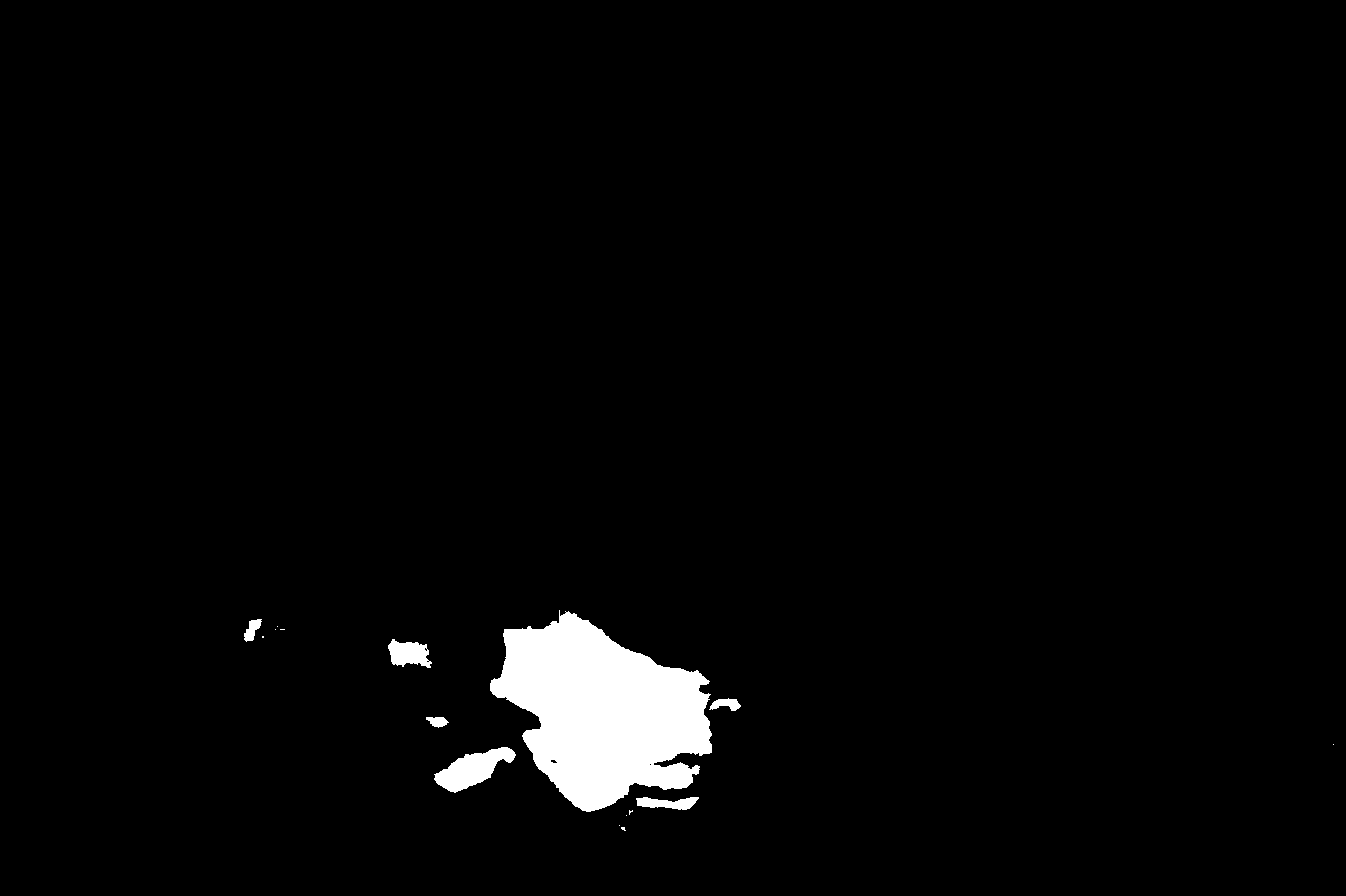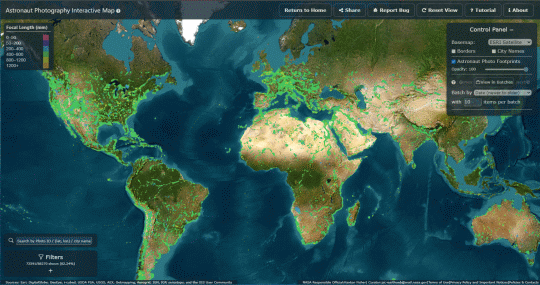ISS045-E-668
| NASA Photo ID | ISS045-E-668 |
| Focal Length | 500mm |
| Date taken | 2015.09.13 |
| Time taken | 07:46:49 GMT |
1000 x 666 pixels 540 x 360 pixels 4928 x 3280 pixels 720 x 480 pixels 4928 x 3280 pixels 640 x 426 pixels
Camera: | Nikon D4 Electronic Still Camera |
Focal Length: | 500mm |
Camera Tilt: | 30 degrees |
Format: | 4928E: 4928 x 3280 pixel CMOS sensor, 36.0mm x 23.9mm, total pixels: 16.6 million, Nikon FX format |
Film Exposure: | |
| Additional Information | |
| Width | Height | Annotated | Cropped | Purpose | Links |
|---|---|---|---|---|---|
| 1000 pixels | 666 pixels | No | No | Earth From Space collection | Download Image |
| 540 pixels | 360 pixels | Yes | No | Earth From Space collection | Download Image |
| 4928 pixels | 3280 pixels | No | No | NASA's Earth Observatory web site | Download Image |
| 720 pixels | 480 pixels | Yes | No | NASA's Earth Observatory web site | Download Image |
| 4928 pixels | 3280 pixels | No | No | Download Image | |
| 640 pixels | 426 pixels | No | No | Download Image |
Crews aboard the International Space Station look for signs of human activity along coastlines of the Persian Gulf, where significant population is centered in the region. The United Arab Emirates (UAE) is a federation of seven emirates, each under its own absolute monarch. The coastal sectors of three emirates, Dubai, Sharjah and Ajman, are shown here. The independence of the emirates is exemplified by the fact that the two international airports of Dubai and Sharjah lie only 16 km apart (10 miles). Ajman is the smallest emirate (262,000).
Much of the urban area known as Dubai-Sharjah-Ajman metropolitan area (5.2 million people), the largest in the UAE, appears in the image, within which the city of Dubai is the largest city. Indeed, Dubai has emerged as a global city and business hub of the Middle East, with one of the most well-known city skylines, boasting the tallest building in the world, the Burj Khalifa. Dubai's prominence relates partly to the existence of the 13 km-long Dubai Creek, one of the longest inlets facing the Persian Gulf (image left), which for hundreds of years has attracted shipping from as far away as India and East Africa. Major buildings and a large park line its banks.
The offshore Deira Islands (image top left) are in the early stages of a major development. Even seen from orbit, the lack of buildings and a street pattern on the islands differs from the dense cityscapes on the nearby mainland. An abstract palm design is envisaged for the islands in the future, similar to one immediately west of the image.




